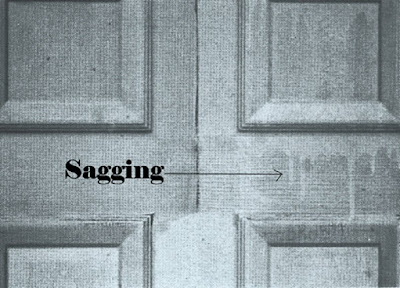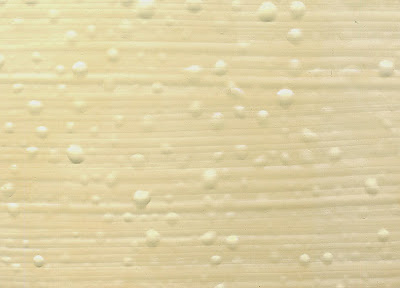5 Common Painting Problems Faced by Home Owners
There are a few common traits that can be found in a poorly executed paint job or a surface that is begging you for a repaint after many years. Whether it’s done by a professional or it’s a do-it-yourself job, rushing the work can be problematic and take years off the longevity of the work. Let’s take a look at the most common painting problems that can appear within a few months of a bad paint job.
If you’re seeing these signs after using a professional Sydney painter, get on the phone and give them a spray! If they’re a respectable company they’ll likely have some kind of warranty period that you need to take advantage of.
1. Running/Sagging Paint
The first sign that the work has been done someone that isn’t all that experienced. Running paint can lead to wrinkling, dripping, patterns in the paint or a general uneven surface that is clear as day. It is common when a heavy paint has not been applied properly or the paint has been thinned excessively. It can also happen when the work has been done under unsuitable weather conditions including high humidity.
This should never be accepted if the work has been done by a professional, period.
2. Blistering Paint
Pretty self-explanatory. Blistering paint refers to those bubbles and cracks that show up often within days of having the paint work completed.
The main cause is excessive moisture being exposed to the paint. Often it gets trapped under the surface of the paint and as it evaporates it forms a bubble, lifting the paint off the wall and becoming very noticeable. How does moisture get under the paint? The most common way this happens is painting when the wood is still damp and house moisture coming out through the walls (note: this will be a side effect of a poorly insulated house).
Professionals should be able to avoid this without any problems but if you’re painting yourself, try using acrylic paint. This actually allows some moisture to seeps through it without compromising the appearance of the work. It’s also a good idea to avoid painting in direct sunlight as this can cause the paint will dry too quickly and trap some of the vapour underneath.
The main cause is excessive moisture being exposed to the paint. Often it gets trapped under the surface of the paint and as it evaporates it forms a bubble, lifting the paint off the wall and becoming very noticeable. How does moisture get under the paint? The most common way this happens is painting when the wood is still damp and house moisture coming out through the walls (note: this will be a side effect of a poorly insulated house).
Professionals should be able to avoid this without any problems but if you’re painting yourself, try using acrylic paint. This actually allows some moisture to seeps through it without compromising the appearance of the work. It’s also a good idea to avoid painting in direct sunlight as this can cause the paint will dry too quickly and trap some of the vapour underneath.
3. Alligator Paint
This is more a long-term problem that happens with a paint job. It should be happening years after the surface has been painting and is a sign that it’s time to get the paint brush out again. The appearance of alligator paint is hideous to say the least and resembles the skin of a reptile, which is hardly how you want your wall to look.
As oil-based paints age, they eventually crack (literally). This is most common on surfaces where the wood is expanding and contracting a lot, such as doors, windows, etc. If this is happening within years of the surface being painted, it’s time to invest in a higher quality paint.
4. Peeling Paint
Another good sign it’s time for a repaint. The cause of this can again be moisture but it is usually the first clue that the house needs a bit of attention and love from either you or your painter. As well as being compromised by excessive moisture under the surface, peeling paint can also by the result of too many coats of paint being stacked on top of each other over the years.
5. Chalking paint
Again, the most common cause of chalking paint is quite simply wear and tear. It’s not necessarily the fault of the painter, the quality of the paint or neglecting looking after the surface itself – it’s a part of the lifespan of the paint. When paint is exposed to the sun every day for 5+ years, the binder breaks away and the paint’s sheen disappears. This can result in a chalk-like, powdery substance on the paint that you’ll notice if you rub your hands across the surface.





Post a Comment for "5 Common Painting Problems Faced by Home Owners "